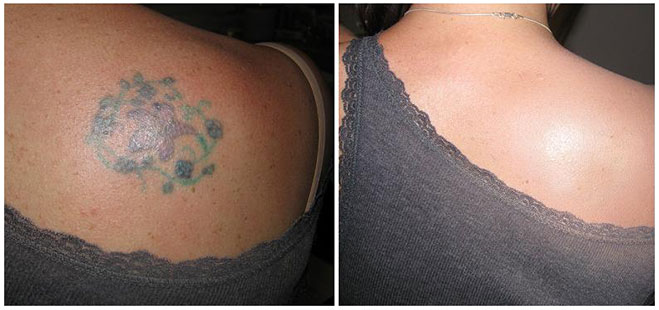
The word tattoo, or tattow in the 18th century, is a loanword from the Samoan word tatau, meaning "to strike". The Oxford English Dictionary gives the etymology of tattoo as "In 18th c. tattaow, tattow. From Polynesian (Samoan, Tahitian, Tongan, and so on.) tatau. In Marquesan, tatu." Before the importation of the Polynesian word, the practice of tattooing had been described in the West as painting, scarring or staining.The etymology of the physique modification term is not to be confused with the origins of the word for the military drumbeat or performance — see military tattoo. In this case, the English word tattoo is derived from the Dutch word taptoe.The first written reference to the word tattoo (or tatau) seems in the journal of Joseph Banks (24 February 1743 – 19 June 1820), the naturalist aboard explorer James Cook's ship HMS Endeavour: "I shall now mention the way they mark themselves indelibly, each of them is so marked by their humour or disposition".[5] The word tattoo was brought to Europe by Cook, when he returned in 1769 from his very first voyage to Tahiti and New Zealand. In his narrative of the voyage, he refers to an operation named "tattaw".
Tattoo enthusiasts may refer to tattoos as "ink", "pieces", "skin art", "tattoo art", "tats" or "work"; to the creators as "tattoo artists", "tattooers" or "tattooists"; and to places where they perform as "tattoo shops", "tattoo studios" or "tattoo parlors".Mainstream art galleries hold exhibitions of each conventional and custom tattoo styles, such as Beyond Skin, at the Museum of Croydon. Copyrighted tattoo designs that are mass-produced and sent to tattoo artists are recognized as "flash", a notable instance of industrial design.[8] Flash sheets are prominently displayed in several tattoo parlors for the goal of delivering both inspiration and prepared-produced tattoo images to consumers.
The Japanese word irezumi implies "insertion of ink" and can imply tattoos utilizing tebori, the standard Japanese hand method, a Western-style machine or any strategy of tattooing utilizing insertion of ink. The most common word employed for classic Japanese tattoo designs is horimono. Japanese could use the word tattoo to imply non-Japanese styles of tattooing.
Related Images with Tattoo Cover Cinta Aveda Institute
Ulta Tattoo Cover Up Tattoo Cover Up Make Up Tattoo Cover Up Makeup Waterproof Ulta Tattoo Cover
Dermablend Tattoo Cover Up Escentuals Beauty Buzz
Dermablend Professional Coverage Cosmetics goes behind the scenes with Zombie Boy Rick Genest
Vichy Dermablend foundation Beautylab.nl
thank you for visiting this web article about dermablend tattoo cover, i hope you enjoy it.


Post a Comment
Post a Comment